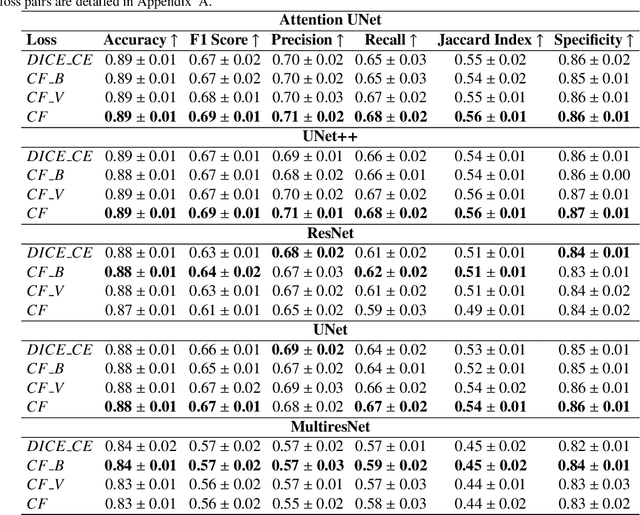Benjamin Vidal
CERMEP - imagerie du vivant, CRNL
Vascular Segmentation of Functional Ultrasound Images using Deep Learning
Oct 28, 2024



Abstract:Segmentation of medical images is a fundamental task with numerous applications. While MRI, CT, and PET modalities have significantly benefited from deep learning segmentation techniques, more recent modalities, like functional ultrasound (fUS), have seen limited progress. fUS is a non invasive imaging method that measures changes in cerebral blood volume (CBV) with high spatio-temporal resolution. However, distinguishing arterioles from venules in fUS is challenging due to opposing blood flow directions within the same pixel. Ultrasound localization microscopy (ULM) can enhance resolution by tracking microbubble contrast agents but is invasive, and lacks dynamic CBV quantification. In this paper, we introduce the first deep learning-based segmentation tool for fUS images, capable of differentiating signals from different vascular compartments, based on ULM automatic annotation and enabling dynamic CBV quantification. We evaluate various UNet architectures on fUS images of rat brains, achieving competitive segmentation performance, with 90% accuracy, a 71% F1 score, and an IoU of 0.59, using only 100 temporal frames from a fUS stack. These results are comparable to those from tubular structure segmentation in other imaging modalities. Additionally, models trained on resting-state data generalize well to images captured during visual stimulation, highlighting robustness. This work offers a non-invasive, cost-effective alternative to ULM, enhancing fUS data interpretation and improving understanding of vessel function. Our pipeline shows high linear correlation coefficients between signals from predicted and actual compartments in both cortical and deeperregions, showcasing its ability to accurately capture blood flow dynamics.
 Add to Chrome
Add to Chrome Add to Firefox
Add to Firefox Add to Edge
Add to Edge